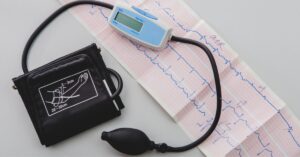Radiology plays a crucial role in modern healthcare, enabling the diagnosis and treatment of various medical conditions through medical imaging techniques. In this blog, we’ll delve into the importance of radiology and its impact on patient care.
Radiology encompasses a wide range of imaging techniques, including X-rays, ultrasound, computed tomography (CT), magnetic resonance imaging (MRI), and nuclear medicine. These imaging modalities allow healthcare professionals to visualize internal structures of the body, such as bones, organs, tissues, and blood vessels, to diagnose and monitor diseases and injuries.
One of the primary benefits of radiology is its non-invasive nature, making it a valuable tool for diagnosing conditions without the need for surgery. Additionally, radiology procedures are often quick and painless, reducing patient discomfort and recovery time.
Radiology plays a vital role in various medical specialties, including cardiology, oncology, neurology, and orthopedics. It aids in the detection and staging of cancer, assessment of cardiovascular health, evaluation of musculoskeletal injuries, and diagnosis of neurological disorders, among other applications.
Moreover, advancements in radiology technology continue to improve diagnostic accuracy and patient care. Innovations such as 3D imaging, contrast-enhanced imaging, and molecular imaging offer enhanced visualization and characterization of diseases, leading to more precise diagnoses and tailored treatment plans.
In conclusion, radiology is an indispensable component of modern healthcare, providing invaluable insights into the human body and facilitating the delivery of quality patient care. As technology continues to evolve, radiology will continue to play a pivotal role in improving diagnostic accuracy, treatment efficacy, and overall patient outcomes.



